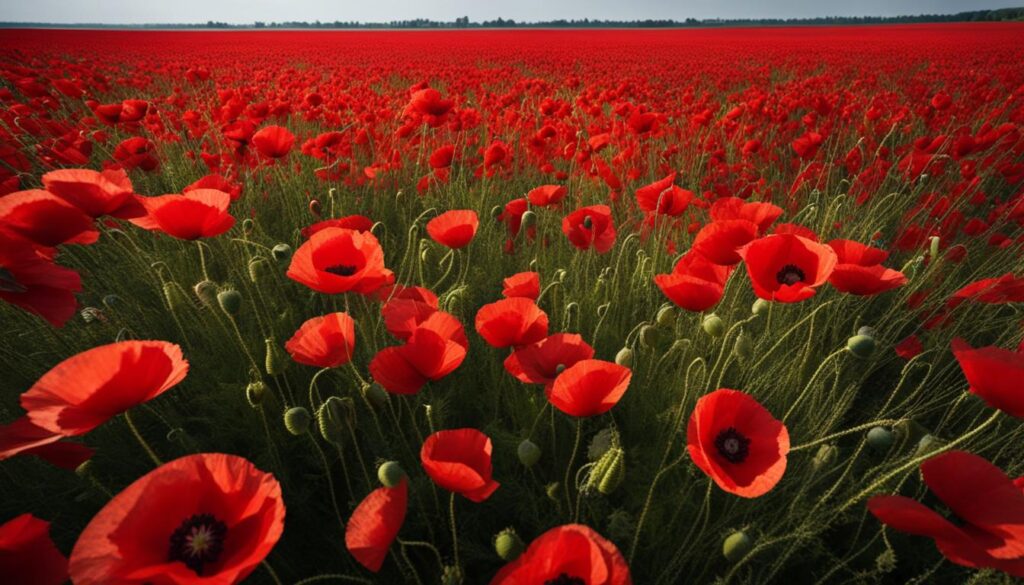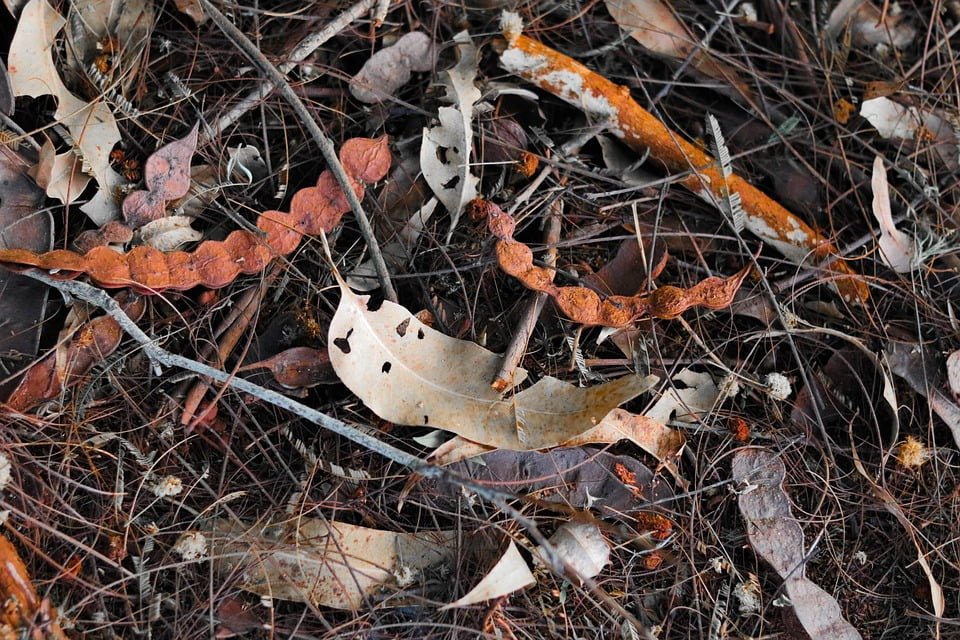Discover the mesmerizing beauty and cultural significance of the red poppy, the national flower of Poland. This vibrant blossom holds a symbolic significance that resonates deeply within Polish culture and history.
The red poppy, also known as Papaver rhoeas, is not officially designated as Poland’s national flower, but its influence and cultural impact have solidified its place as a beloved symbol of the nation. Associated with remembrance, sacrifice, and resilience, the red poppy represents the tribute to those who fought and died for Poland’s freedom.
History and Symbolism of the Red Poppy
The red poppy holds a significant place in Polish and European history, dating back to ancient times. Throughout the years, it has been associated with various meanings and symbolism. In Poland, the red poppy carries a profound historical significance as a symbol of remembrance and gratitude. It serves as a tribute to those who fought and sacrificed their lives for Poland’s freedom, embodying the country’s spirit of resilience.
The red poppy represents courage, resilience, and the indomitable Polish spirit. It serves as a poignant reminder of the sacrifices made by the Polish people in their ongoing struggle against foreign occupation and the preservation of their culture and land. This vibrant flower also holds a special place in the memory of fallen soldiers and is prominently used in wartime commemorations.
The red poppy’s vivid color and its ability to bloom even in challenging conditions symbolize the strength and determination of the Polish nation. It is a testament to the enduring spirit of the Polish people, who have overcome numerous adversities throughout history.
In Polish culture, the red poppy is revered for its symbolic significance. Whether displayed in gardens, used in art, or included in traditional ceremonies, the red poppy serves as a visual representation of historical significance, symbolism, remembrance, and resilience.
Physical Characteristics and Uses of the Red Poppy
The red poppy, scientifically known as Papaver rhoeas, possesses a range of physical features that make it a captivating flower. It stands tall with an erect stem, typically growing between 30-90 cm in height. Its stem is filled with milky sap, adding to its unique allure.
The flower itself is a sight to behold, with four delicate petals that overlap each other. These vibrant red petals are often adorned with a stunning blackish-purple blotch at the base, creating a striking contrast. The red poppy blooms annually during late spring, painting the landscape with its vibrant colors. However, the beauty of its petals is fleeting, as they last only a few days before they gracefully wither away.
Aside from its visual appeal and symbolic significance, the red poppy also has practical uses. The seeds of the red poppy are edible and widely used in Polish cuisine. They add a unique nutty flavor and a delightful crunch to various dishes. Additionally, the petals of the red poppy can be used to create natural dyes and cosmetics, adding a touch of elegance and earthiness to artistic creations.
Whether you admire it for its physical beauty or appreciate it for its practical applications, the red poppy remains a versatile and resilient flower. Its presence in gardens and natural landscapes adds a touch of vibrant charm, while its cultural significance continues to be celebrated.
Is the National Flower of Poland a Plant With 5 Leaves Per Stem?
Yes, the national flower of Poland, the corn poppy, is not a plant with 5 leaves per stem. But its bright red flowers and delicate petals definitely highlight the beauty of plants 5 leaves, making it a national symbol of remembrance and solidarity.










